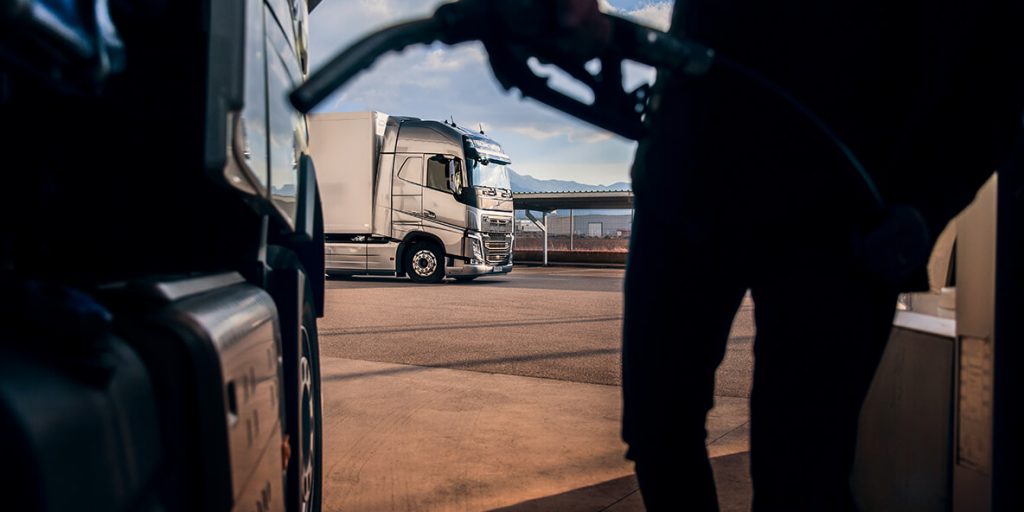The diesel engine has been the preferred choice of propulsion for heavy commercial vehicles. Opportunities to improve fuel efficiency or curb emissions remain on the table, but gains will be incremental as opposed to a step-change.
The industry will continue to rely on diesel engines where vehicles travel long distances, pull particularly heavy loads or operate in harsh environments. Regions where electric charging or hydrogen refuelling stations are unavailable will also encourage continued use of the diesel engine. Innovation continues in many areas, but there is a growing realisation that cleaner options are becoming available.
Major advances have already been made in the heavy-duty diesel engine. Early examples operated with a peak brake thermal efficiency—a common yardstick for ICEs—of around 25%, meaning only a quarter of the energy generated would go toward propulsion. The rest is lost through heat and friction. Today, most advanced heavy-duty diesel engines can operate at around 45% peak efficiency.

Recent advances have even nudged some engines past 50% efficiency. In
